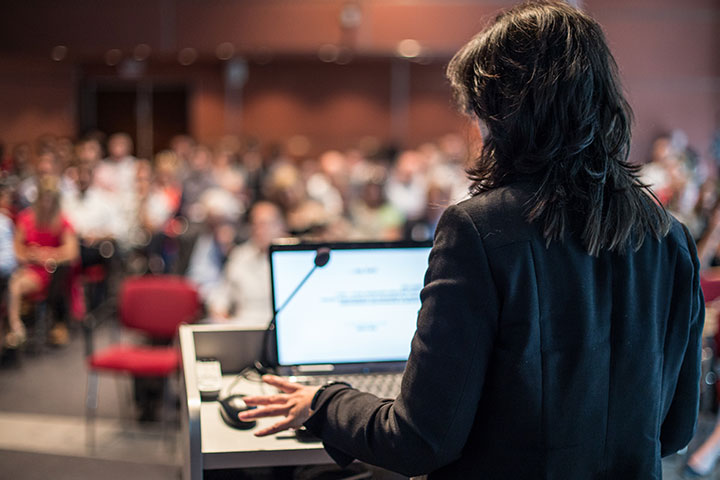International Academic Conference Process,The process of participating in an international academic conference typically involves several steps. Here's a general outline of the process:

1. Call for Papers: The conference organizers issue a call for papers, which includes information about the conference theme, submission guidelines, important dates, and topics of interest. Researchers are invited to submit their papers based on the provided criteria.
2. Paper Submission: Researchers prepare their papers according to the conference guidelines and submit them within the specified deadline. This usually involves formatting the paper, writing an abstract, and ensuring that all necessary sections are included.
3. Peer Review: After the submission deadline, the submitted papers undergo a peer-review process. Experts in the relevant field evaluate the papers based on their quality, originality, methodology, and relevance to the conference theme. The review process may take several weeks or months.
4. Acceptance Notification: Authors receive notifications regarding the acceptance or rejection of their papers. Accepted papers may be classified as oral presentations, poster presentations, or other formats depending on the conference's program structure.
5. Paper Revision: If a paper is conditionally accepted, the authors may be asked to make revisions based on the reviewers' feedback and suggestions. This may involve clarifying certain points, addressing concerns, or expanding on certain aspects of the research.
6. Registration and Payment: Once a paper is accepted, at least one author is typically required to register for the conference and pay the registration fee. This confirms their participation and inclusion in the conference program.
7. Presentation Preparation: Authors prepare their presentations based on the format assigned to their accepted papers (e.g., oral presentation, poster presentation). They create slides, posters, or other visual aids to effectively communicate their research findings to the conference audience.
8. Conference Attendance: Authors attend the conference at the designated location and date. They present their papers during the allocated session, participate in discussions, attend other presentations, and engage with fellow researchers and attendees.
9. Publication Opportunities: Depending on the conference, selected papers may have the opportunity to be published in conference proceedings, special issues of journals, or other publication outlets. Authors may need to follow specific guidelines and submit an extended version of their paper for consideration.
It is important to note that the exact process may vary depending on the conference's specific requirements and procedures. Therefore, it is crucial to carefully read the conference guidelines and follow the instructions provided by the organizers.

